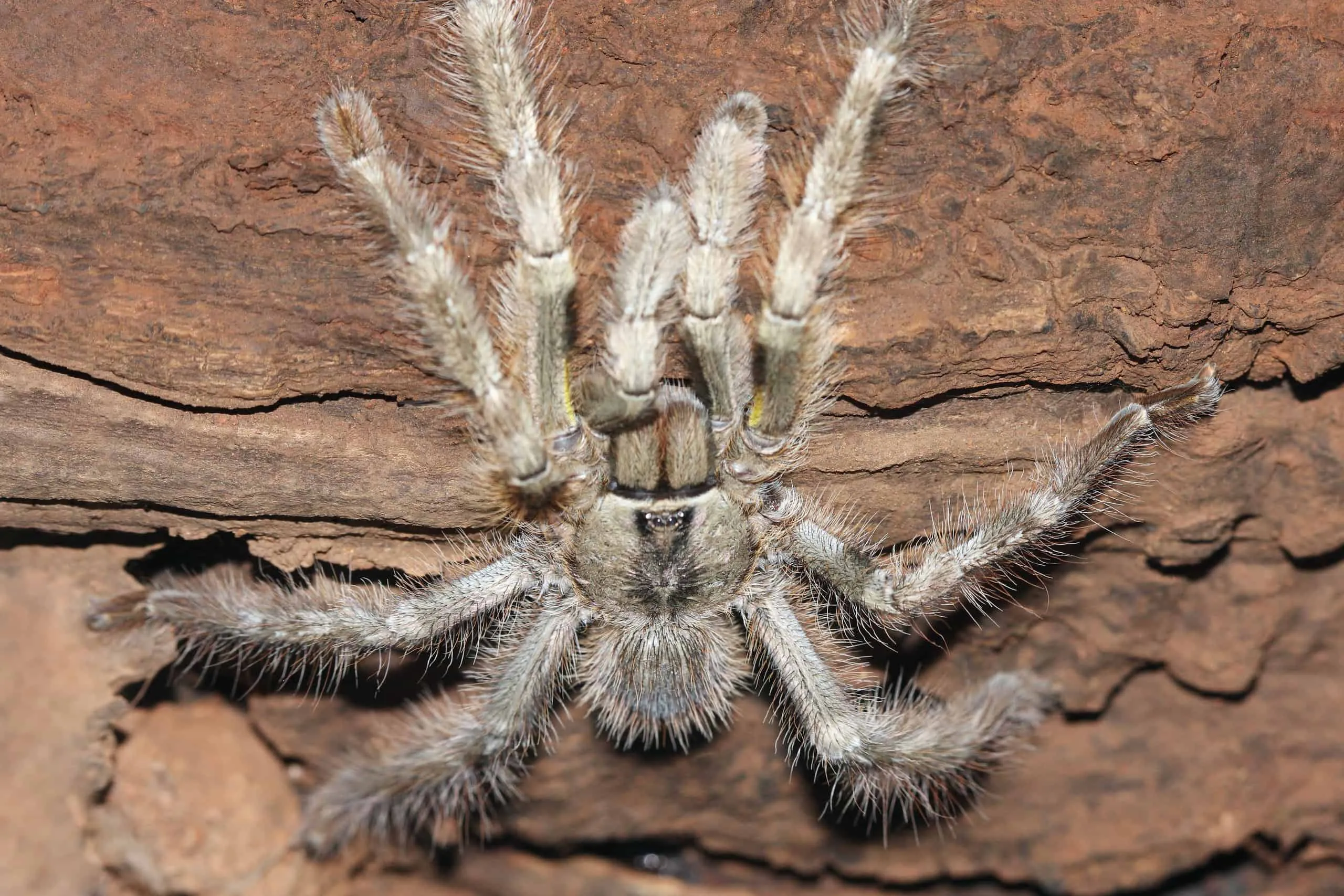What is the Average Tarantula Lifespan?
The captivating world of tarantulas often sparks curiosity, especially regarding their lifespan. As pet owners or enthusiasts, understanding how long these fascinating creatures live is crucial for providing proper care and setting realistic expectations. Tarantula lifespan varies significantly based on several factors, including species, sex, and environmental conditions. Generally, tarantulas are known for their relatively long lifespans compared to many other pets. Female tarantulas typically live considerably longer than males, often reaching well over a decade, while males may have a lifespan of only a few years once they reach maturity. The specific lifespan also hinges on the tarantula’s species; some species are known to live for over 20 years, while others have shorter lifespans. This article delves into the intricacies of tarantula lifespan, exploring the influencing factors and providing valuable insights for tarantula owners.
Factors Influencing Tarantula Lifespan
Several key factors influence a tarantula’s lifespan. These factors encompass species-specific traits, the tarantula’s sex, and environmental conditions. Understanding these influences is vital for responsible pet ownership and ensuring the well-being of your tarantula. By carefully managing these factors, you can significantly contribute to your tarantula’s longevity and overall health. It’s a combination of nature and nurture, where genetics and the environment both play critical roles. Providing a healthy environment and appropriate care is crucial for helping your tarantula thrive.
Species-Specific Lifespans

Different tarantula species exhibit varying lifespans. Some species are naturally longer-lived than others. For instance, certain New World tarantulas, such as the Chilean Rose Hair, are known for their impressive lifespans, often living for 20 years or more in captivity. In contrast, some smaller or Old World species might have shorter lifespans, sometimes less than a decade. When considering a tarantula as a pet, it’s important to research the specific species to understand its expected lifespan. This knowledge can help you prepare for the long-term commitment involved in caring for your pet. Always consider the species as a primary factor affecting how long you’ll be caring for your tarantula.
Male Tarantulas vs Female Tarantulas
One of the most significant determinants of tarantula lifespan is the sex of the tarantula. Female tarantulas generally live much longer than their male counterparts. This difference is primarily due to the reproductive process. Male tarantulas, after reaching maturity, typically live only for a few years, often only a year or two after their final molt, which signals their maturity. They spend their time searching for a mate, and once they have successfully mated, their lives often come to an end. Female tarantulas, on the other hand, can continue to live for many years after reaching maturity, often molting regularly throughout their lives. These long-lived females make excellent pet companions, providing enjoyment for many years to come.
Environmental Factors Impacting Lifespan
The environment in which a tarantula lives plays a crucial role in determining its lifespan. Maintaining optimal environmental conditions is paramount for ensuring the tarantula’s health and longevity. Several environmental factors directly impact a tarantula’s well-being. These are key elements that every tarantula owner needs to carefully manage. The right environment can make a huge difference in how long your pet thrives.
Temperature and Humidity
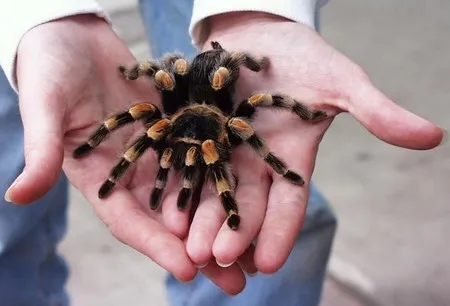
Temperature and humidity are two of the most critical factors affecting a tarantula’s lifespan. Tarantulas are ectothermic animals, meaning they rely on external sources to regulate their body temperature. Maintaining the correct temperature range for the specific species is essential for their metabolism, feeding, and overall health. Similarly, humidity levels must be kept within the ideal range to prevent dehydration and facilitate successful molting. Too much humidity can lead to mold and bacterial growth, while too little can cause the tarantula to dry out. Monitoring and adjusting these parameters are vital for their well-being.
Enclosure Size and Design
The size and design of the tarantula’s enclosure also impact its lifespan. Providing an enclosure that is appropriately sized for the species is crucial for preventing stress and promoting natural behaviors. A well-designed enclosure should include appropriate substrate, hiding places, and ventilation. A cramped enclosure can lead to stress, reduced activity, and ultimately, a shorter lifespan. A spacious environment, enriched with hiding spots and appropriate décor, can greatly enhance the quality of life and promote longevity. The enclosure should mimic the tarantula’s natural habitat as closely as possible.
Diet and Nutrition
Proper nutrition is a cornerstone of a long and healthy tarantula life. Providing a balanced diet that meets the tarantula’s nutritional needs is essential. This involves offering appropriate food items, such as insects, in the correct size and frequency. Overfeeding can lead to health problems, while underfeeding can result in stunted growth and a weakened immune system. The quality of the food is also important; ensure that the insects are healthy and free from pesticides. A consistent diet and regular feeding schedule are crucial components of a well-cared-for tarantula.
Health and Disease
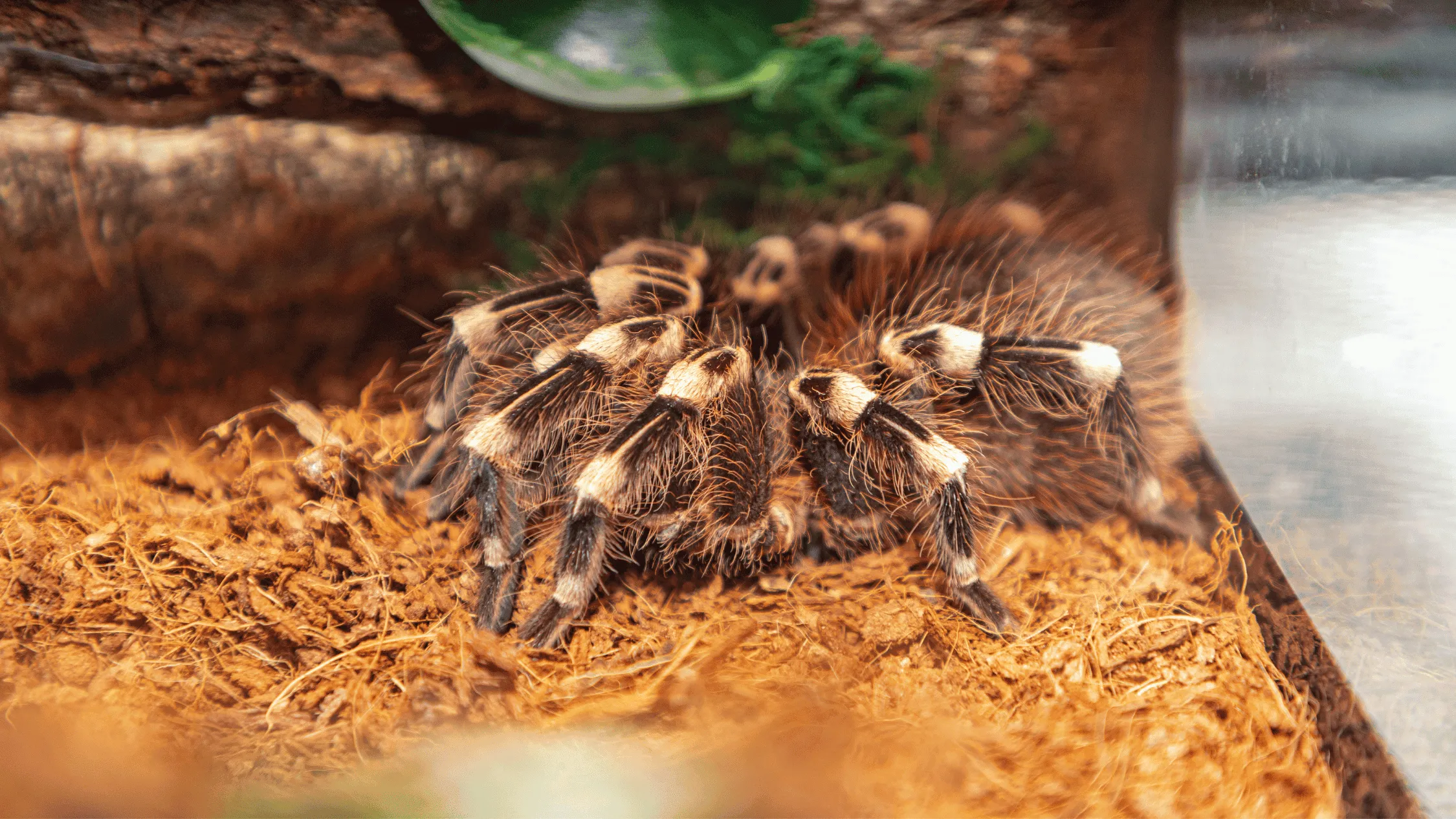
Like all living creatures, tarantulas can be susceptible to health issues. Understanding the potential health risks and taking proactive measures can significantly impact their lifespan. Regular observation and preventive care are essential components of tarantula ownership. Being vigilant about your pet’s well-being is key to spotting any problems early on and taking action. This knowledge ensures you can enjoy your pet for as long as possible.
Common Health Issues in Tarantulas
Several health issues can affect tarantulas. These can include parasitic infestations, bacterial infections, and physical injuries. Parasites, such as mites, can irritate the tarantula and lead to secondary infections. Bacterial infections can occur if the enclosure is not kept clean and well-ventilated. Physical injuries can result from falls or mishandling. Being aware of these potential problems is the first step toward prevention and early treatment. Regular inspection of your tarantula and its enclosure can help catch problems early.
Preventative Measures for a Long Life
Several preventative measures can contribute to a tarantula’s longevity. These include maintaining optimal environmental conditions, providing a balanced diet, and practicing good hygiene. Regular cleaning of the enclosure helps to prevent the buildup of bacteria and parasites. Quarantine new tarantulas to avoid introducing disease to your existing collection. Proper handling techniques are essential to prevent injuries. Observing your tarantula regularly and knowing the signs of potential illness enables you to seek veterinary care promptly. The overall approach is to maintain a clean, healthy environment where your tarantula can thrive.
How to Care for Your Tarantula
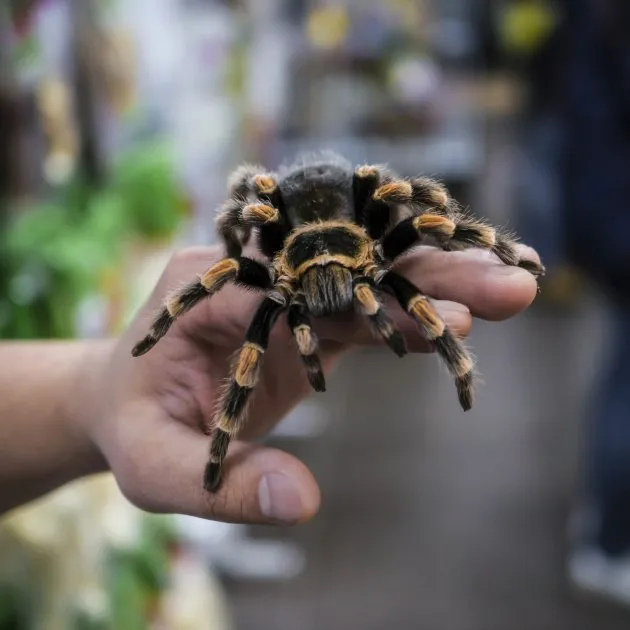
Caring for a tarantula involves creating and maintaining an environment that mimics its natural habitat and meets its specific needs. Proper care is essential not only for extending the tarantula’s lifespan but also for ensuring its well-being and promoting its natural behaviors. This includes everything from enclosure setup to feeding and molting considerations. The more you understand about your tarantula’s needs, the better you can care for it.
Setting Up the Perfect Enclosure
The enclosure is your tarantula’s home and plays a crucial role in its health and longevity. The enclosure size should be appropriate for the species. For terrestrial species, a larger horizontal space is often needed. For arboreal species, height is more important. A secure enclosure with a well-fitting lid is essential to prevent escapes. Proper ventilation is crucial to prevent the buildup of humidity and the growth of mold. Providing hiding places, such as cork bark or artificial plants, helps the tarantula feel secure and reduces stress. The enclosure setup should provide a comfortable, safe, and stimulating environment for your tarantula.
Choosing the Right Substrate
The substrate is the bedding material that lines the bottom of the enclosure. The best substrate choice depends on the tarantula species and its natural habitat. For terrestrial species, substrate options can include coconut fiber, peat moss, or a mixture of both. For arboreal species, a substrate that retains humidity, such as a mix of vermiculite and sphagnum moss, is often ideal. The substrate should be deep enough to allow the tarantula to burrow if it is a burrowing species. It should also be changed regularly to prevent the buildup of waste and maintain a healthy environment. The right substrate is a key part of setting up the perfect habitat for your pet tarantula.
Providing Optimal Heating and Lighting

Tarantulas need the correct temperature range to thrive. The ideal temperature varies by species, but generally, a temperature between 75-85°F (24-29°C) is suitable for many common pet tarantulas. Heating can be provided using a heat mat, a ceramic heat emitter, or an incandescent bulb. However, direct heat sources should be used cautiously to prevent burns. Tarantulas do not require special lighting, but a low-wattage LED bulb can be used for viewing. Avoid placing the enclosure in direct sunlight, as this can overheat the enclosure. Careful control of temperature and lighting is essential to creating a healthy environment.
Feeding Your Tarantula Properly
Feeding is a crucial aspect of tarantula care, and the frequency and type of food you provide directly impact its health and longevity. The right diet is essential for maintaining your tarantula’s well-being and promoting its lifespan. Choosing the right food items and establishing a regular feeding schedule are key.
Types of Food Tarantulas Eat
Tarantulas are primarily insectivores, meaning they eat insects. The diet should mainly consist of live insects, such as crickets, mealworms, roaches, and superworms. The size of the insects should be appropriate for the size of the tarantula; the prey should be no larger than the tarantula’s body. Variety in the diet is beneficial. Occasional treats can include pre-killed pinky mice for larger species, but these should be offered sparingly. Always ensure the insects are gut-loaded (fed nutritious food) before feeding them to your tarantula.
Feeding Frequency
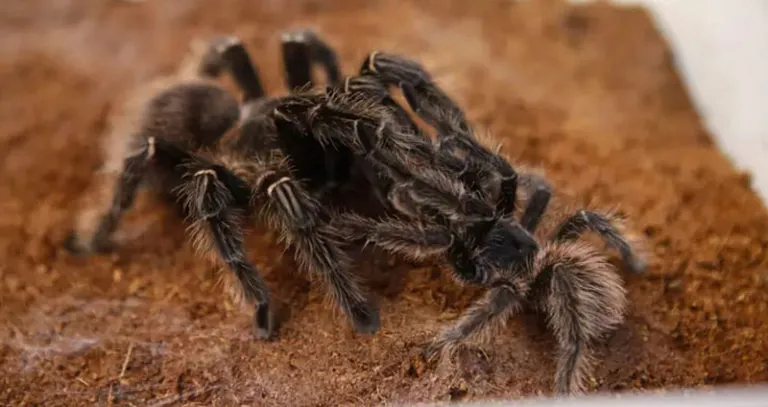
The feeding frequency depends on the tarantula’s age and growth rate. Spiderlings and juveniles should be fed more frequently than adults. Spiderlings might need to be fed every other day, while juveniles can be fed once or twice a week. Adult tarantulas can usually be fed once every one to two weeks. Always observe your tarantula’s eating habits. If your tarantula stops eating, it could be a sign of an impending molt. Remove any uneaten food from the enclosure to prevent mold and bacteria.
Understanding Tarantula Molting
Molting is a natural process where tarantulas shed their exoskeleton to grow. This process can be stressful, but it is essential for their development. Understanding the molting process is vital for providing proper care during this vulnerable time. The process involves several phases, which are important to recognize.
Signs of an Impending Molt
Several signs indicate that your tarantula is about to molt. The tarantula may stop eating and become less active. Its abdomen may appear darker and larger. The tarantula might also create a web mat or burrow to prepare for the molt. Be patient during this time, and avoid disturbing the tarantula. The exact time frame varies, but observing these signs allows you to give your pet the extra care and attention it needs before molting.
What to Do During Molting
During the molting process, it is important to provide a stress-free environment. Maintain the correct temperature and humidity levels. Avoid disturbing the tarantula, and do not feed it during the molting period. If your tarantula molts successfully, it will emerge with a new, soft exoskeleton. Wait a few days before feeding the tarantula, as its fangs and exoskeleton will need time to harden. After the molt, the tarantula will be more vulnerable to injury. The process itself is a sign of a healthy tarantula and a well-maintained habitat.
Maximizing Your Tarantula’s Lifespan
Maximizing your tarantula’s lifespan requires a holistic approach that encompasses all aspects of its care, including environmental management, nutrition, and careful observation. The goal is to provide the best possible quality of life for your pet. Small changes and attention to detail can have a great impact on how long your tarantula will be with you. It’s an investment of time and effort, but a worthwhile one for your pet.
Providing a Stress-Free Environment
Stress can negatively impact a tarantula’s lifespan. Minimize stress by providing a stable, predictable environment. Avoid sudden loud noises, bright lights, and excessive handling. Ensure the enclosure is secure and free from potential threats. Adequate hiding places allow the tarantula to retreat and feel safe. Providing a calm and quiet environment contributes significantly to their well-being. Keep the enclosure in a low-traffic area where it won’t be constantly disturbed.
Regular Tank Maintenance
Regular tank maintenance is essential for maintaining a healthy environment and preventing the buildup of harmful bacteria and waste. Remove any uneaten food and fecal matter regularly. Spot clean the substrate as needed and replace it periodically. Make sure to clean the water dish and refill it with fresh water. Regular cleaning also helps you monitor your tarantula’s health. A clean enclosure ensures that your tarantula has the best possible environment for a long and healthy life. Keeping the enclosure clean will reduce health risks.
